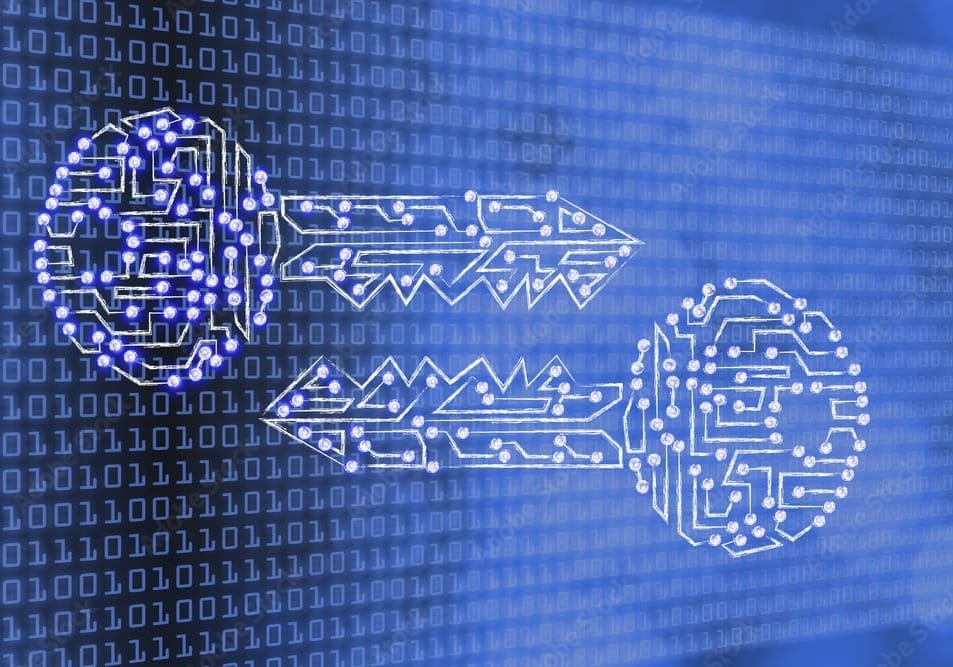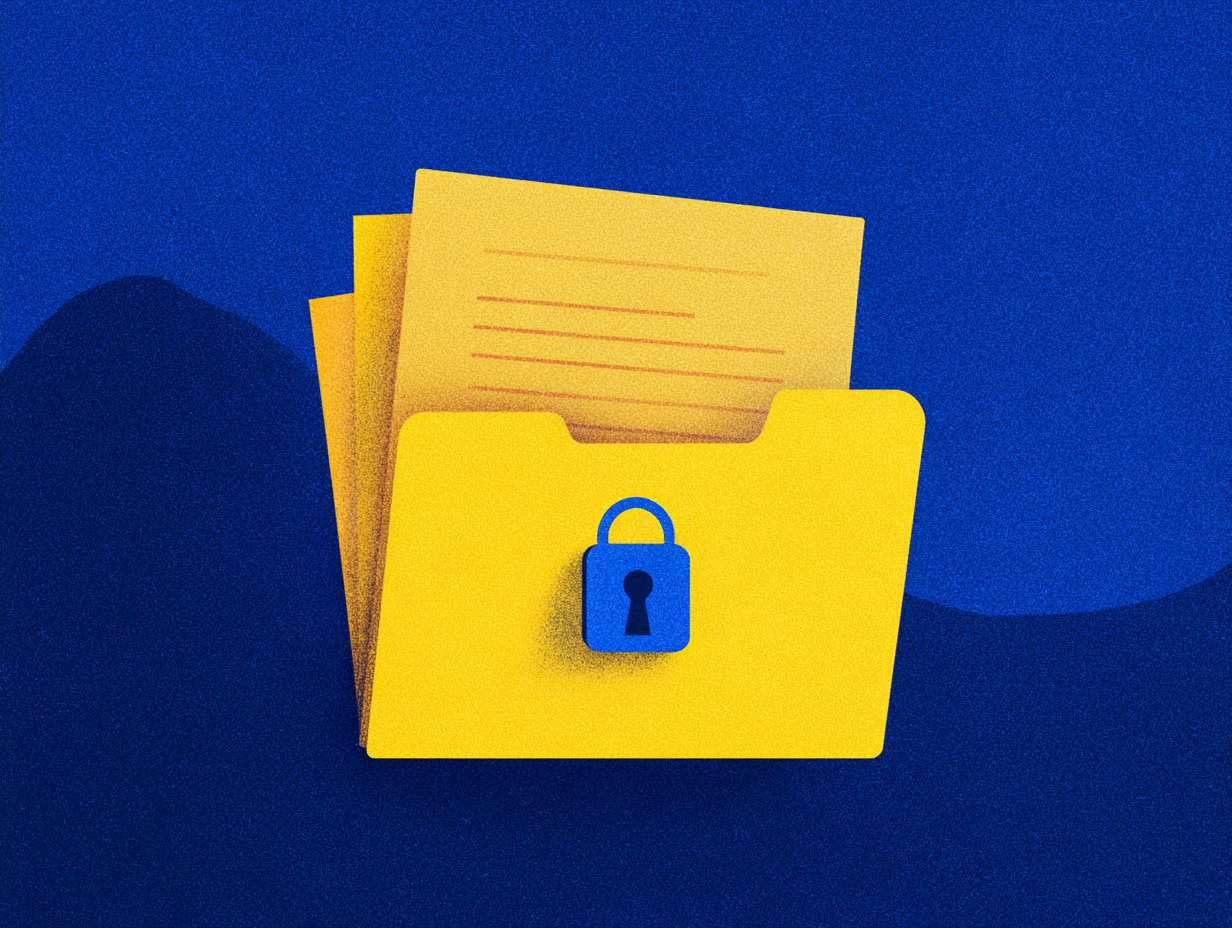
Client-Side Encryption vs. Server-Side Encryption: What’s the Difference?
Every day, we use products and services that store our sensitive data, making data protection more critical than ever. With cyber threats constantly evolving, robust encryption is essential. Two popular encryption methods—client-side encryption (CSE) and server-side encryption (SSE)—offer distinct approaches to securing your information.
This blog breaks down how each method works, highlights their key differences, and helps you determine the best solution to meet your organization's security and compliance needs.
What Is Client-Side Encryption?
Client-side data encryption is the process where data is encrypted on the user's device before it is sent to a cloud service or server. This means the data is already protected before leaving the device. It remains encrypted during transit and while stored on the server. Even if the storage environment is compromised, the data cannot be accessed without the decryption key.
Client-Side Encryption for Data at Rest
Data at rest includes stored files, backups, and other documents that are not actively moving over networks. Encrypting data at rest on the client side means:
- Pre-Upload Encryption: Data is encrypted before leaving your device.
- Enhanced Protection: Even if the storage provider is breached, the data remains unreadable.
- Regulatory Benefits: Helps meet compliance standards like GDPR, HIPAA, and CCPA by protecting sensitive information.
Understanding Server-Side Encryption
Server-side encryption takes a different approach. Here, data is transmitted in plaintext to the server, where it is then encrypted. The service provider manages the encryption keys, meaning you must trust the provider to secure your data properly.
How Server-Side Encryption Works
- Plaintext Transmission: Data is sent unencrypted to the server.
- Server Encryption: Once the data reaches the server, it is encrypted immediately.
- Key Management: The encryption keys are controlled by the provider, not by you.
Server-side encryption is often used by cloud services that offer centralized key management, making it easier to manage large volumes of data with less user involvement.

Key Differences Between Client-Side and Server-Side Encryption
Control Over Keys:
- Client-Side Encryption: You retain full control over the encryption keys.
- Server-Side Encryption: The service provider manages the keys.
Data Exposure:
- Client-Side Encryption: Data is encrypted before transmission, reducing exposure.
- Server-Side Encryption: Data is sent in plaintext and encrypted on the server.
Compliance & Privacy:
- Client-Side Encryption: Enhances privacy by ensuring only you can decrypt the data.
- Server-Side Encryption: Requires additional safeguards to meet strict compliance needs.
User Experience:
- Client-Side Encryption: Can be more complex due to the need for secure key management.
- Server-Side Encryption: Offers a more straightforward, managed experience.
Widely Used Client-Side Encryption Standards
Modern client-side encryption relies on proven cryptographic standards to ensure robust data security. Here are the most widely adopted methodologies and why they matter:
- 🔐 AES-256 (Advanced Encryption Standard, 256-bit)
- Industry-standard for symmetric encryption
- Balances high security with strong performance
- Recommended by NIST for protecting sensitive data
- 🔑 RSA-4096 & ECC (Elliptic Curve Cryptography)
- Used for asymmetric encryption and secure key exchange
- RSA-4096 offers strong security, while ECC provides faster performance with smaller key sizes
- Common in digital identity and secure communications
- 🧬 HKDF (HMAC-based Key Derivation Function)
- Generates strong, unique encryption keys from initial secrets
- Adds an additional layer of cryptographic separation between keys and plaintext data
- ✍️ Digital Signatures
- Ensures data integrity and authenticity
- Validates that data has not been tampered with and confirms the sender’s identity
These algorithms form the foundation of strong client-side & end-to-end client-side encryption, helping ensure that your data stays encrypted before, during, and after transmission.
Why Client-Side Encryption Matters for Privacy Compliance
Privacy regulations such as GDPR, HIPAA, and CCPA impose strict requirements on how sensitive data is handled. Client-side encryption is crucial because it ensures that data is secured at the source, which significantly reduces the risk of exposure or unauthorized access.
- Data Sovereignty: Since you control the encryption keys, third parties—including cloud providers—cannot access your unencrypted data.
- Regulatory Compliance: Encrypting data before transmission helps ensure that your organization meets legal and regulatory requirements.
- Enhanced Privacy: With client-side encryption, the risk of insider threats is minimized, and your data remains private.
Common Use Cases for Client-Side End-to-End Encryption
Client-side encryption is versatile and is used across various industries to protect sensitive information:
- Business Communications: Secure emails and messaging platforms.
- Cloud Storage: Encrypt files before they are uploaded to cloud services.
- Healthcare: Protect patient records and confidential medical data.
- Finance: Secure transaction details and financial records.
- Password Managers: Safeguard user credentials.

Implementing Client-Side Encryption in Your Organization with TransferChain
For organizations seeking a robust, integrated encryption solution, TransferChain offers an advanced platform with built-in client-side encryption capabilities. This solution combines the benefits of client-side and end-to-end encryption to create a zero-trust security model.
Key Features of TransferChain:
- Zero-Knowledge Encryption: Only you can access your data, ensuring that service providers cannot view or decrypt it.
- Automatic Key Management: Eliminates the hard part, manual handling of keys, reducing the risk of human error.
- Blockchain Authorization: Utilizes decentralized, tamper-proof permissions to control data access securely.
Benefits for Your Organization:
- Enhanced Data Privacy: Secure sensitive information from unauthorized access.
- Regulatory Compliance: Meets stringent standards required by GDPR, HIPAA, PCI-DSS and CCPA.
- Risk Reduction: Minimizes exposure to insider threats and external breaches.
Final Thoughts: Prioritizing Security and Privacy
While both encryption methods offer robust security benefits, client-side encryption stands out for its superior control over data security and privacy. By encrypting data right at the source, client-side encryption ensures that sensitive information remains under your direct control, minimizing risks from unauthorized access—even by service providers. This proactive approach not only fortifies your data against breaches but also strengthens compliance with strict privacy regulations.
Implementing a strong client-side encryption strategy—especially with advanced solutions like TransferChain—empowers your organization to maintain maximum privacy, build deeper trust with stakeholders, and ensure a resilient security posture in today’s digital landscape.
Click here to start taking the ownership of your data and keys!
Frequently Asked Questions (FAQs)
What is client-side data encryption?
Client-side data encryption is a security process where data is encrypted on your device before it is transmitted or stored on external servers. This method ensures that only you hold the encryption keys, making your sensitive information accessible only to authorized users. By encrypting data at the source, client-side encryption significantly reduces the risk of unauthorized access and data breaches.
What is client-side encryption to provide at rest encryption?
Client-side encryption for data at rest means that your data is encrypted on your device before it is stored on a server or in the cloud. This approach secures stored files, backups, and documents by ensuring that sensitive information remains encrypted while it is not actively being transmitted. As a result, even if a storage provider's system is compromised, your data remains unreadable and fully protected.
What is the difference between server-side encryption and client-side encryption?
The main difference between server-side encryption and client-side encryption lies in where the encryption occurs and who controls the encryption keys. With client-side encryption, data is encrypted on your device before it is sent to the server, giving you complete control over the encryption keys and ensuring maximum privacy. In contrast, server-side encryption involves encrypting data once it reaches the server, with the service provider managing the keys. This means that while server-side encryption can be easier to manage, it may expose your data to higher risks during transmission.
What is the most secure end-to-end encryption?
The most secure end-to-end encryption is one that ensures data is encrypted on the sender’s device and remains encrypted until it is decrypted on the recipient’s device, with no intermediate decryption. This approach, often referred to as zero-knowledge encryption, guarantees that only the communicating parties have access to the plaintext data. Advanced encryption protocols, when implemented correctly, offer robust protection against interception and unauthorized access, making them the gold standard for secure communications.


